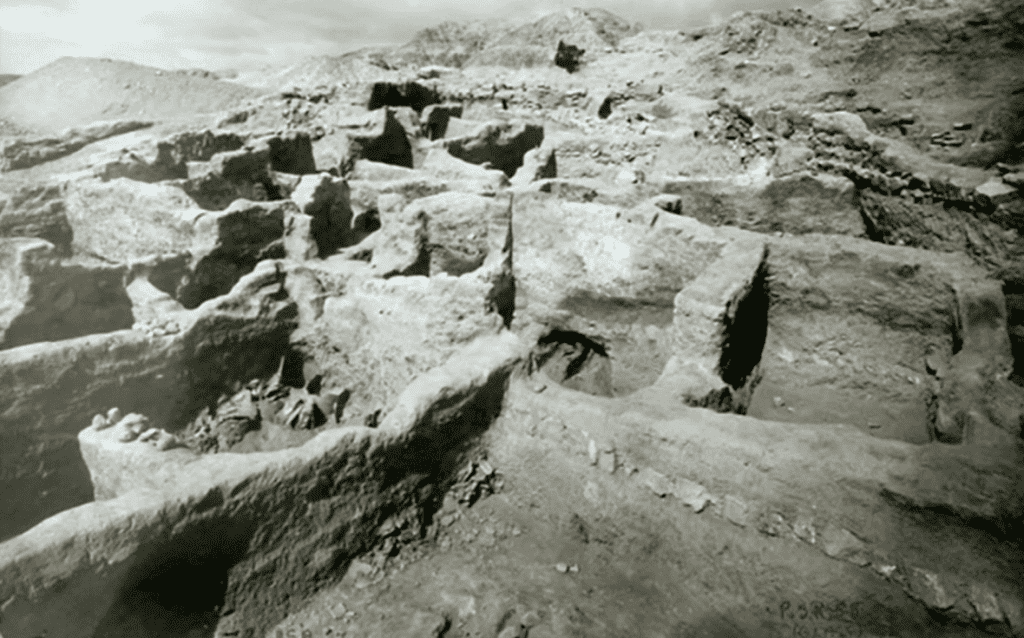John Garstang, a prominent British archaeologist, left an indelible mark on the field of archaeology with his groundbreaking excavations and contributions to understanding ancient civilizations. His work spanned various regions and periods, shedding light on the mysteries of the past.

Early Life and Education
So John Garstang was born on May 5, 1876, in Blackburn, Lancashire, England. His interest in archaeology was sparked during his studies at the University of Oxford, where he became involved in exploring ancient sites. Today, there is a museum in Oxford honoring him. Here is the link to Garstang’s Museum in Oxford.
Major Excavations
Garstang conducted several significant excavations during his career, including:
- Sakçagözü: In the early 1900s, Garstang excavated the ancient city of Sakçagözü in Turkey, revealing a treasure trove of artifacts from the early Bronze Age. His findings provided valuable insights into the region’s history and culture.
- Meroë, Sudan: Garstang’s work in Meroë, an ancient city in Sudan, uncovered a wealth of archaeological material, including temple ruins and sculptures. His excavations helped illuminate the history of the Kingdom of Kush and its interactions with ancient Egypt.
- Jericho: One of Garstang’s most famous excavations was at Jericho in modern-day Palestine (then part of the Ottoman Empire). His work in the 1930s was instrumental in revealing the city’s ancient history, including its fortifications and the famous Jericho skull, dating back to around 7000 BCE.
John Garstang's Excavations in Jericho
Contributions to Archaeology
John Garstang made significant contributions to the field of archaeology:
- Methodology: He was a proponent of stratigraphic excavation, a method that involves digging through layers of soil and sediment to uncover the chronological sequence of a site. This approach revolutionized archaeological practices.
- Publication: Garstang meticulously documented and published his findings, making his research accessible to the wider academic community and the public.
- Education: He played a crucial role in educating and mentoring future generations of archaeologists, influencing the development of archaeological research methods and techniques.
Legacy
Moreover, John Garstang’s legacy lives on through his pioneering work and the numerous artifacts and insights he unearthed. In addition, his approach to excavation and his dedication to preserving and understanding the past have left an enduring impact on the field of archaeology.
Conclusion
Lastly, John Garstang’s passion for archaeology and commitment to unraveling the mysteries of ancient civilizations has left a lasting legacy. Moreover, his excavations and research continue to be a source of knowledge and inspiration for archaeologists and historians, illuminating the rich tapestry of human history. More about him on Wikipedia!

